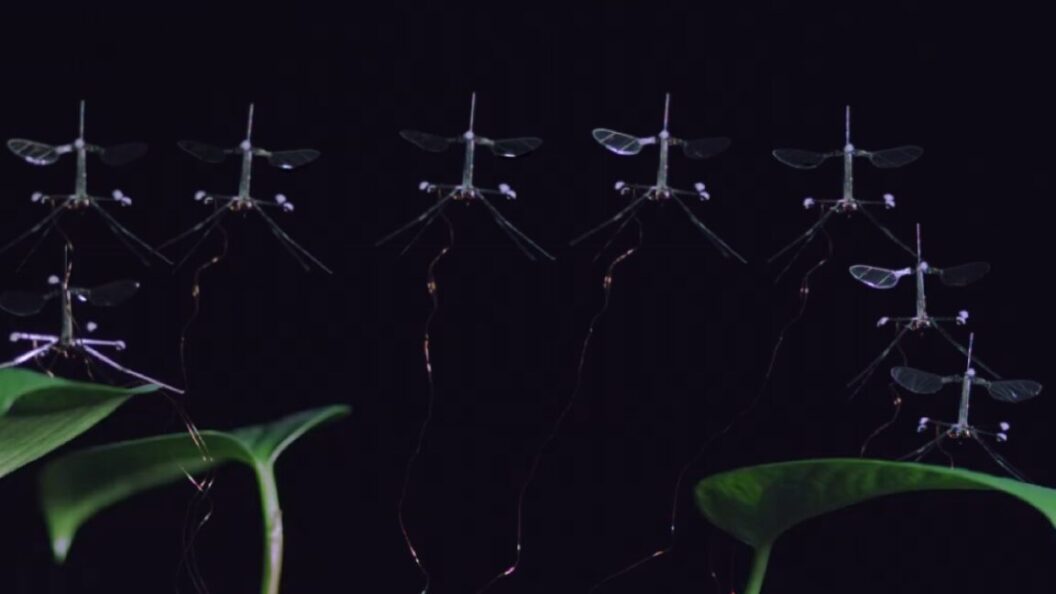RoboBee Takes Flight: A Leap Towards Autonomous Insect-Inspired Robotics
Recent advancements at Harvard’s Microrobotics Laboratory have showcased significant progress in the field of robotic insects, particularly with the development of the RoboBee, a miniature robot capable of flying and landing on plants with graceful precision. This innovative technology holds promise for various applications, including environmental monitoring and pollination.
The Mechanics of Flight and Landing
Researchers have focused on optimizing the design and functionality of the RoboBee’s legs and joint mechanisms to enhance its operational capabilities. Initial experiments aimed to determine the effects of oscillation on these robotic limbs. By manually disturbing the legs and capturing their movement with high-speed video, the team discovered that the legs functioned similarly to an "underdamped spring-mass-damper model," incorporating elements of "viscoelastic creep."
Following these preliminary tests, the team conducted free-fall experiments using small fiberglass dummies that mimicked the mass and inertia of the RoboBee, analyzing the dynamics of takeoff and landing. The culmination of these studies involved a series of trials where the RoboBee successfully took off from one leaf, hovered in place, moved laterally, and then landed on another leaf. This achievement was particularly notable as it demonstrated the robot’s ability to navigate and stabilize on uneven surfaces.
Future Development Goals
Looking ahead, the research team aims to improve the RoboBee’s landing mechanics by drawing inspiration from the landing techniques of stingless bees and mosquitoes. This may include exploring more complex leg geometries to enhance stability and control. Currently, the RoboBee operates with tethered control systems, which limit its mobility and range. However, the team envisions a future where the RoboBee can incorporate onboard electronics and sensors, paving the way for fully autonomous operation.
“The longer-term goal is full autonomy,” said team leader Wood. “However, we have been working through challenges for electrical and mechanical components using tethered devices. The safety tethers, unsurprisingly, were getting in the way of our experiments, and so safe landing is one critical step to remove those tethers.”
Potential Applications
The successful development of the RoboBee could have far-reaching implications. With its ability to autonomously pollinate plants and collect environmental data, this technology could provide a solution to diminishing bee populations and their crucial role in ecosystems. Furthermore, the RoboBee could be deployed in disaster scenarios, enabling surveillance of hard-to-reach areas.
Researchers anticipate that the advanced capabilities of RoboBee will lead to swarms of these robots working collaboratively in various fields, thereby enhancing agricultural productivity and environmental conservation efforts.
The Road Ahead
While the RoboBee’s current progress is promising, additional research and development are required before it achieves full autonomy. The team at Harvard plans to continue refining the RoboBee’s mechanical design and control systems, ultimately seeking to create a versatile robotic insect capable of innovative applications.
As technological advancements continue to emerge, developments like the RoboBee remind us of the potential that robotics holds in addressing real-world challenges. The intersection of biology and technology through robotics not only showcases human ingenuity but also highlights our growing need for sustainable practices in agriculture and environmental stewardship. The RoboBee stands as a testament to the future possibilities that lie in the increasingly integrated world of nature and technology.









